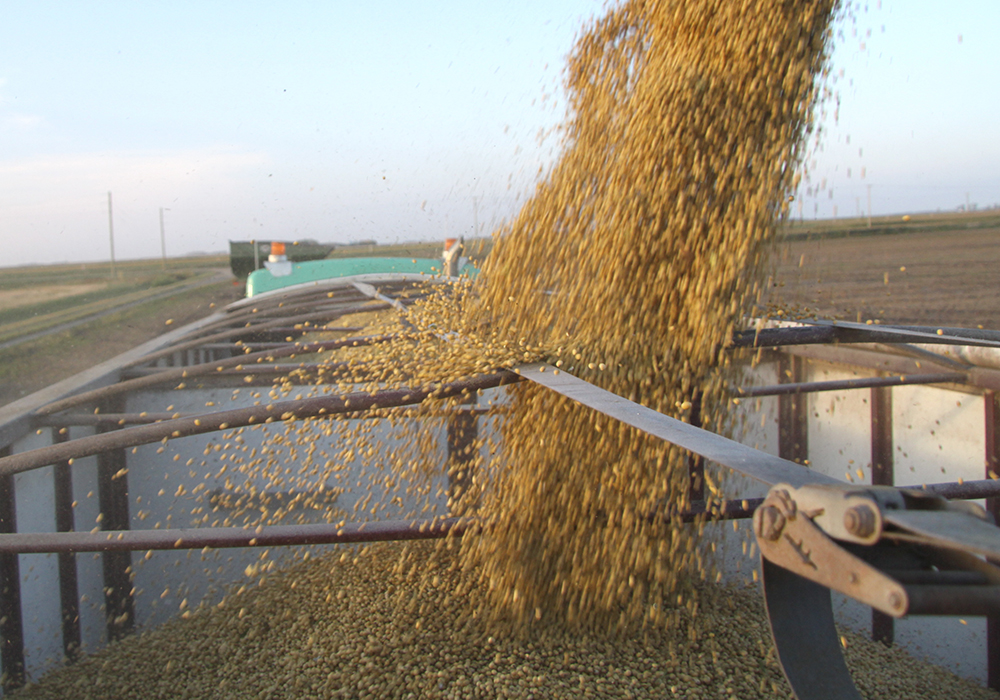Farm price and production estimates provide reasonably good predictions for four to five years but lose much of their value after that, according to an analysis by three agricultural economists.
“Despite their growing popularity in shaping agricultural policy, the baselines have not been rigorously evaluated,” write Siddhartha Bora, Ani Katchova and Todd Kuethe in a paper in the American Journal of Agricultural Economics.
Much U.S. agricultural policy and policy funding is based on the projection of baselines, which are predictions of future prices and production based upon certain assumptions.
Read Also

Canola oil transloading facility opens
DP World just opened its new canola oil transload facility at the Port of Vancouver. It can ship one million tonnes of the commodity per year.
The authors look at 10-year baselines for key agricultural variables from the U.S. Department of Agriculture and the Food and Agricultural Policy Research Institute. The variables include net cash income and crop production for soybeans, wheat and corn.
Crop yield baselines appear to have the longest lasting accuracy, but most other factors become error-prone after four to five years.
“Our measures of prediction error show that the projections become less accurate as the projection horizon increases, with crop yields being a notable exception,” write the authors, who work for the University of West Virgina, Ohio State University and Purdue University.
“Our tests of predictive content show that the information content of most of the projected variables starts to diminish after four to five years from the current year, with farm price projections becoming uninformative… after two to three years and yield remaining informative for the entire projection horizon.”
The authors suggest that baseline accuracy be studied and improved, since so much agricultural policy and funding is based upon baselines.
“The findings suggest that the projections may be improved using better models and processes.”
With so much depending upon the accuracy of agricultural baselines, the authors find it surprising it is an area that has received little analysis.
“To our knowledge, this is the first study to look into the accuracy and usefulness of agricultural baselines.”


















